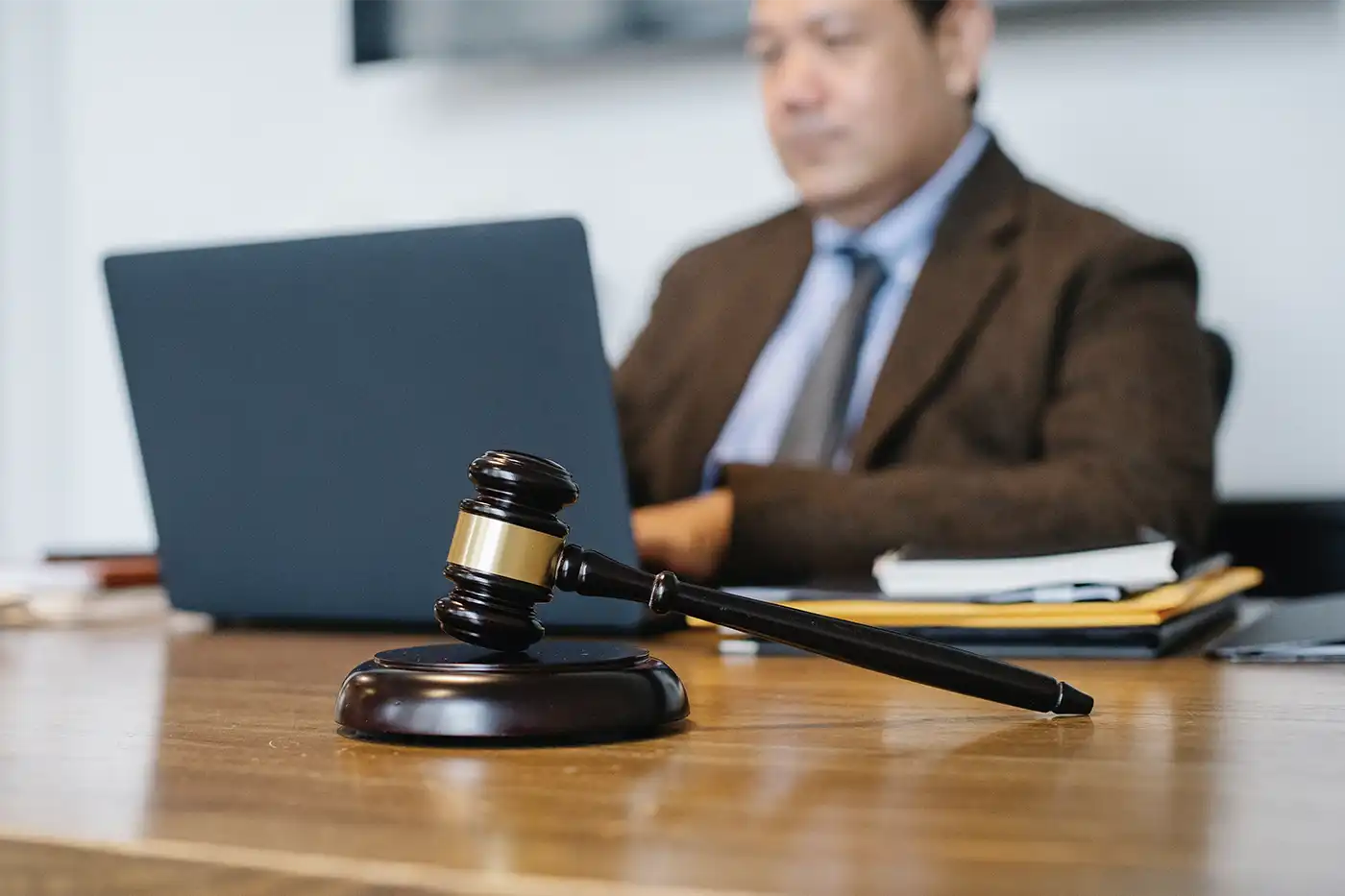Just 8% of those surveyed are satisfied or would recommend their digital evidence management practices.
The more everything is being recorded on video, the more our courts and legal investigations are relying on that video evidence to make their case. But as the volume of videos increases, so too does the demand on the resources required to manage it. Our recent survey of legal administrators suggests that not only are they aware of the challenge they face with rising volumes of videos, but that nearly half of them are struggling or failing under the pressure as we speak.
As recently as 2016, video evidence was estimated to be present in upwards of 80% of cases involved in the US court system each year, with some form of digital evidence estimated in 90% of cases. Since the COVID-19 Pandemic began in March 2020, however, these estimates have grown with the implementation of more technology and as courts moved to remote or hybrid work environments.
In the Spring of 2022, Guardify conducted a survey of legal assistants around the country to get a sense of what the work of managing digital evidence looked like today, after a rapid rush to technology during the Pandemic. As courts face a backlog of cases and offices face talent recruitment and retention challenges, it’s never been more important for technology to support teams. What we found in our survey reveals opportunities for resources to be reclaimed for better productivity and higher job satisfaction.
The volume is not supported by current tools and processes.
An overwhelming majority, 80%, of legal assistants surveyed felt that video and digital evidence will increase in the next two years. Currently, legal assistants report to us that their cases have:
- between 1-10 digital evidence records (68%)
- up to 50 digital evidence records (20%)
- over 50 pieces of digital evidence (12%) – with one case in particular containing 3,200 hours of video (that’s more than 133 days of footage!)
Faced with mounds of digital evidence and the growing backlog of cases, it’s surprising to learn that over two-thirds of prosecution offices around the country are still using DVDs and flash drives as the predominant way to receive, share, and store records of digital evidence. Some, but not all, are using a hybrid system between various shared servers – storing directly on their networks or general cloud services – and manual processes to manage and track discovery. Not surprising, though, is that just 8% of those offices are satisfied or would recommend their practices.
The volume of digital evidence being managed by cobbled-together workflows and then shared through archaic methods such as DVDs has resulted in a draining and unfulfilling work week. In fact, our survey found that the time spent by offices in eDiscovery is upwards of two to three FTEs (full-time employees). While every leader would like to think that their team wasn’t spending that much time on eDiscovery, we found that the average county prosecutor’s office spends 50 – 100 people hours each week on video and audio specific discovery, and at least another estimated 20 hours per week providing de facto tech support to defense counsel.
Unnecessary frustrations can lead to job dissatisfaction.
In addition to the volume and poor workflows, other frustrations legal assistants reported about their eDiscovery processes included:
- needing to regularly find special proprietary players to associate with digital files(60%)
- prosecutors and defense counsel having trouble getting files to play (52%)
- burning DVDs taking too much time (44%) (One office shared that for a recent case they had to burn 100 blu rays for defense counsel and immediately after sending this discovery, the defendant changed counsel and the process started all over again.)
- delays in receiving files from third-parties (40%)
- redacting video or audio before sending to attorneys to play (32%)
- tracking receipt of evidence from outside parties (20%)
- difficulty finding the correct video and audio files when it comes time for trial prep (20%)
- management and costs of storing video and audio long-term (20%)
When it comes to effective discovery and evidence integrity, only 40% of legal assistants reported having a system that could effectively determine which video and audio files have not been sent to opposing counsel. And just 32% of legal assistants have confidence that the chain of custody actions are being effectively tracked within their current processes. A quarter of respondents reported not having a central method to track the chain of custody at all.
And for trial preparation, only 36% of legal assistants reported feeling confident that opposing counsel received and could access digital files, and that their prosecutors could effectively review video and audio evidence for trial prep. Furthermore, only 8% reported having technology that supported transcriptions when needed for trial.
Key takeaway: modernize tools and processes for peak performance and job satisfaction.
Our survey found multiple opportunities for increased productivity and job satisfaction through the use of technology. And while each office is different, the American Bar Association recently included both e-Discovery and Employee Satisfaction as top legal technology trends to pay attention to.
Technology solutions can make a measurable difference in the lives of your attorneys and legal assistants, providing them with possibilities and the time to focus on other aspects of their job. The volume of digital and video evidence is not shrinking, but it can be managed more effectively so prosecution offices have more space for other meaningful issues, like talent, case backlogs, reform, and community relations.
At Guardify, we are on a mission to simplify e-Discovery, to make more time for more of what matters.



